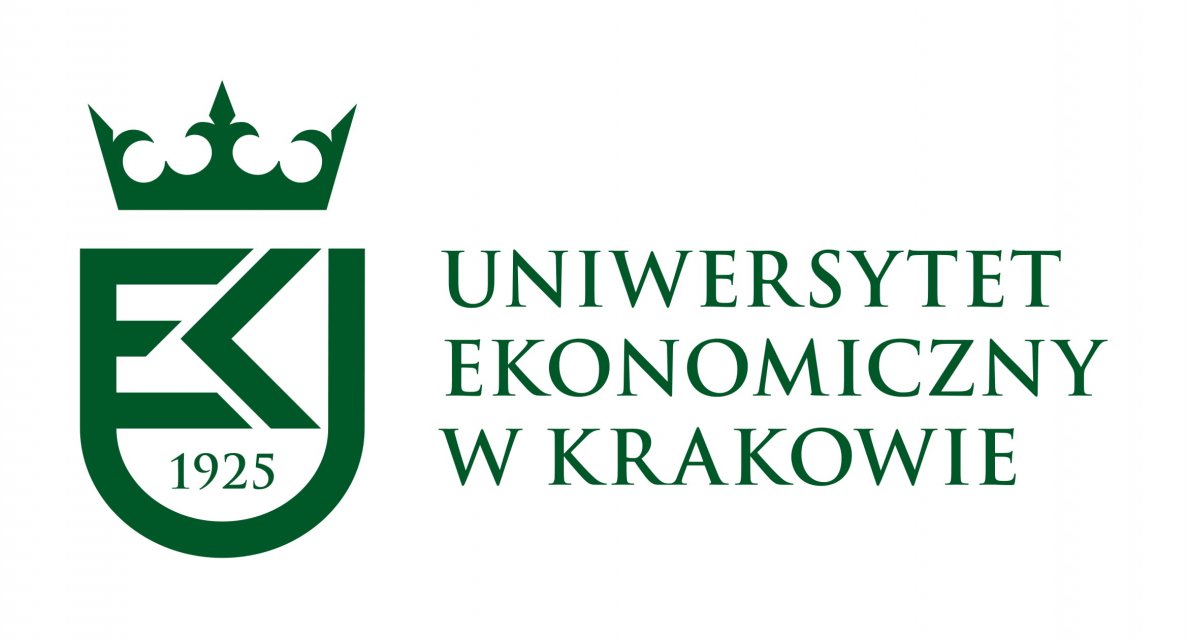MANIFESTO
IO4 is represented by two distinct elements that serve the same purpose from two different perspectives: to promote the uptake of the project beyond the ESMERALD partnership and optimise its replicability opportunities regardless of the EU co-financing. These IO’s elements are distinguished in:
- A, T1) a set of formal guidelines to valorise ESMERALD results and deliverables beyond the scope of the partnership and the scale of the project and even after the end of the cofounding from Erasmus+
- B, T2) the Resilience Manifesto. It provides valuable input to the community of policy and practice in the domain of crisis and emergency management collecting all the lessons learned at implementation and consolidating the wealth of knowledge on the dynamics of post-COVID business recovery.
These guidelines stand as an operational tool for other public and private operators in the field of entrepreneurship and economy that are used in “under-stress” interventions. The document will outline the operational lessons learned from the perspective of what worked and what could have been improved on the basis of the execution and deployment of the ESMERALD training in IO3, along the following elements:
- Organisation of the training
- Communication with target groups and potential attendees
- Enrolment
- Classroom management
- Blended learning and online delivery
- Learners’ motivation and classroom management
- Learners’ feedback
- Suggestions on how to best deliver training in diverse operational settings
The guidelines will serve as support for the implementation of ESMERALD in organizations outside the partnership to adopt and embed the training in their activities. The Manifesto provides inputs to “evidence-based” policy making interventions in Emergency scenarios. As such, IO4 is the policy guideline that informs policy makers and institutional stakeholders on entrepreneurial networks resilience, establish clear operational and policy linkages between the project and the public policy level.












